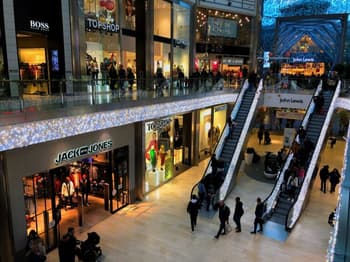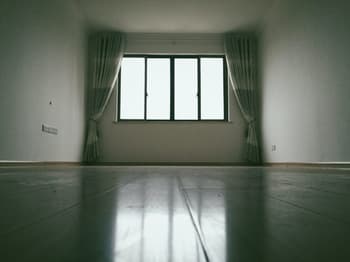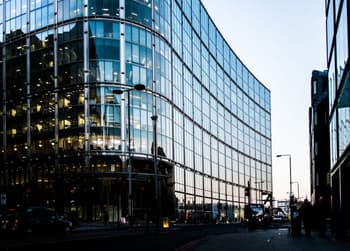Repair and maintenance under a business lease is a common area for disputes. It can be a vexed issue. Leasing disputes over repairs and maintenance usually boil down to one of two issues:
- which party is responsible for the repair or replacement of a particular aspect of the property; or
- where one party accepts responsibility but does not arrange repairs in a timely manner or to a satisfactory standard.
This article will look at each of these common leasing disputes involving repairs and maintenance and ways you can help resolve these disputes.
Who is Responsible for Arranging Repairs and Maintenance?
Generally speaking, the lease will divide up the responsibilities between the tenant and the landlord. Usually, the tenant is responsible for general repairs to ensure the premises is kept in the same condition at the start of the lease, with the exceptions of:
- deterioration from ‘fair wear and tear’. This involves changes brought about by reasonable use by the tenant and the ordinary operation of natural forces such as weather;
- structural repairs; or
- payments of a capital nature (meaning they bring an advantage or asset).
Tenants are often required to take care of items that require mechanical maintenance, such as:
- boilers;
- air-conditioners; and
- extraction fans.
Although, this will depend on what is written in the lease.
On the other hand, landlords will generally be required to repair structural issues, such as:
- foundations;
- walls;
- fences;
- ceilings;
- stairwells; and
- driveways.
Difficulties With Allocating Responsibility
While this may seem simple in theory, it is not always easy to allocate responsibility for disrepair and damage in the real world. Reasons for this may include that:
- structural issues often have side effects that are not structural in nature, which can be hard to differentiate. For example, it can be difficult to work out the cause of leaking in a premises, and whether the landlord or tenant is responsible for repairing it;
- the lease is simply silent on who is responsible for particular categories of repair. It is worth noting that just because a tenant is not responsible, it does not automatically mean that the landlord is responsible. You will need to read these clauses carefully;
- the lease contains provisions that contradict each other; or
- there are additional rights and obligations conferred by state-specific legislation (such as the retail leasing legislation), which need to be considered. If there is a conflict between a lease provision and legislation, then the legislation will apply.
Another complicating factor can be if the part of the premises in need of repair is common property in a strata plan. For example, it may be a common stairwell or lift between different units or a roof that covers multiple premises. In this case, the landlord may have to work with the other members of the body corporate to approve repairs, which can cause delays.

Need to exit your commercial lease early? Download this free guide to understand your options and avoid costly mistakes.
What Can a Tenant Do if a Landlord is Not Taking a Repair Issue Seriously?
If you have a disrepair issue that you consider to be the landlord’s responsibility, and they are either denying it or dragging their feet, you should consider:
- keeping detailed records. Take photos and record the dates that the premises are impacted. Quantify the financial loss that you have suffered as a result of the problem;
- communicating with the landlord to let them know the issue and to create a paper trail;
- reviewing your lease and determining whether there is a clear obligation for the landlord to repair or a basis to seek an abatement for rent because the leased premises are uninhabitable; and
- if the repair obligations under the lease are not clear, you may still have a cause of action:
- under the general right for ‘quiet enjoyment’;
- in tort, on the basis of breach of duty of care, rather than the lease; or
- on the basis of statutory unconscionable conduct (if you have a retail lease).
It is likely that your lease will have a formal dispute resolution process. Usually, this will involve issuing a formal notice or demand and then attending a mediation. Mediation will usually be mandatory for the landlord to attend if your lease is a retail lease.
Key Takeaways
Maintenance and repair issues are one of the most common and potentially one of the most complex leasing dispute issues that arise in the context of business. If you need help with a repair dispute, LegalVision’s experienced dispute resolution lawyers can assist as part of our LegalVision membership. For a low monthly fee, you will have unlimited access to lawyers to answer your questions and draft and review your documents. Call us today on 1300 544 755 or visit our membership page.
Frequently Asked Questions
The tenant is responsible for general repairs that ensure the leased premises is kept in the same condition as at the start of the lease. They often have to take care of items that require mechanical maintenance, such as boilers, air-conditioners and extraction fans.
Landlords are generally required to repair structural issues, such as foundations, walls, fences and driveways. It is also commonly the landlord’s obligation to repair deterioration from ‘fair wear and tear’.
We appreciate your feedback – your submission has been successfully received.











